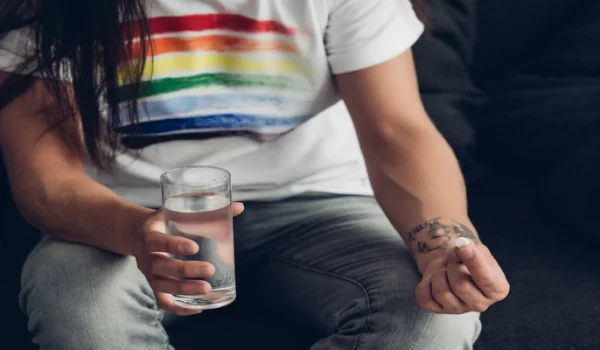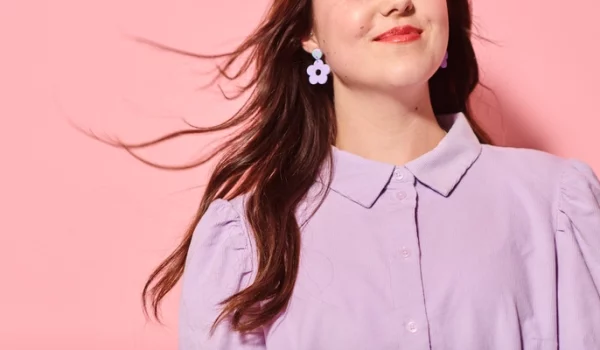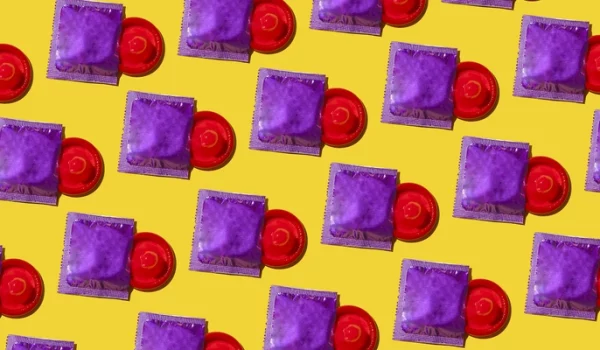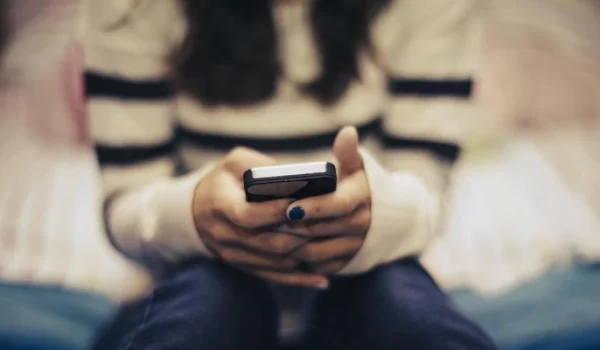-
By: health
-
August 17, 2015
Pull out all the stops: Doubling up with withdrawal
Withdrawal, or pulling out, is often ignored by health care providers and researchers as a form of birth control. The U.S.’s top public health agency, the Centers for Disease Control and Prevention (CDC), doesn’t even include withdrawal on its list of contraceptive methods . When researchers ask people about the birth control they use, they sometimes don’t ask about withdrawal. But the best studies we have suggest the majority of people in the U.S. have used it at least once in their lives.
We also know that withdrawal has a long history. In fact, before modern birth control existed, it was a critical way for people all over the world to limit the size of their families . So what do we really know about who uses withdrawal and how? Let’s talk details.
How many people use withdrawal?
A 2013 article proclaimed today’s 30-somethings “the pull-out generation,” but research suggests that very few couples in the U.S. use withdrawal as their only method of birth control. The proportion of people using this method alone has either remained steady or declined over the last 20 years. Today, only about 3% of U.S. women say they rely on withdrawal alone. But that doesn’t tell you much about how people use it, or how they combine it with other methods.
Pulling out all the stops
Two recent studies showed that lots of people use withdrawal, and that they often use it in combination with another method of birth control.
-
In a large study of U.S. women , about 1 in 3 (33%) had used withdrawal at least once in the last month, but less half of them (14%) reported that withdrawal was the most effective form of birth control they used. Sounds like a big difference from the 3% who said they rely on withdrawal in the CDC survey, right? For this study, the researchers asked about withdrawal separately from other methods, which they think led more people to report it. Many people don’t think of withdrawal as an official method of birth control, so they might not select it from a longer list of methods.
-
In a national study that asked young people about the last time they had penis-vagina sex , 14% of women and 17% of men reported using withdrawal. But only 7% and 6%, respectively, reported withdrawal as their only method. In this study, people chose their method(s) from a long list, so they might have reported using withdrawal less often than if they had been asked about it directly in a separate question.
In both studies, the methods people reported using along with withdrawal were most often the pill or condoms. Some people said they used withdrawal along with an extremely effective method like the IUD. The bottom line: most folks who use withdrawal are doubling it up, sometimes using it at the same time as another method and sometimes switching between withdrawal and another method.
Withdrawal-plus benefits
These studies both showed that some folks are using withdrawal to double or even triple up on birth control—pulling out all the stops, as it were. Let’s call this idea “withdrawal-plus.” And let’s take a moment to point out that withdrawal-plus busts the myth that people who use withdrawal are lazy or clueless .
Adding withdrawal to your birth control mix has some interesting potential benefits. It may help both people in a couple play a role in pregnancy prevention—as in, “you take the pill, I’ll pull out.” For couples who feel that condoms reduce sexual pleasure—and who know they’re both in the clear on STIs—using withdrawal-plus may offer a more pleasurable alternative. It can also help guys get more in tune with their bodies, since withdrawal requires that you know when you’re about to ejaculate .
Withdrawal-only benefits
There are some cases when using withdrawal by itself may be a good option. If a couple prefers to avoid pregnancy but doesn’t have any other birth control available, withdrawal can be their best friend—it’s free, can be used spontaneously any time, and is much more effective than using nothing.
For couples who’ve thought and talked about their desires and plans for family and both agree they’re open to the idea of a pregnancy, using withdrawal as their only method may be appealing. That way, they can let a pregnancy happen rather than deliberately try to conceive. In fact, in both the studies I described above, people who were on the fence about pregnancy were more likely to have used withdrawal recently, either by itself or with another method.
So however you may choose to use withdrawal, enjoy!









Leave a comment